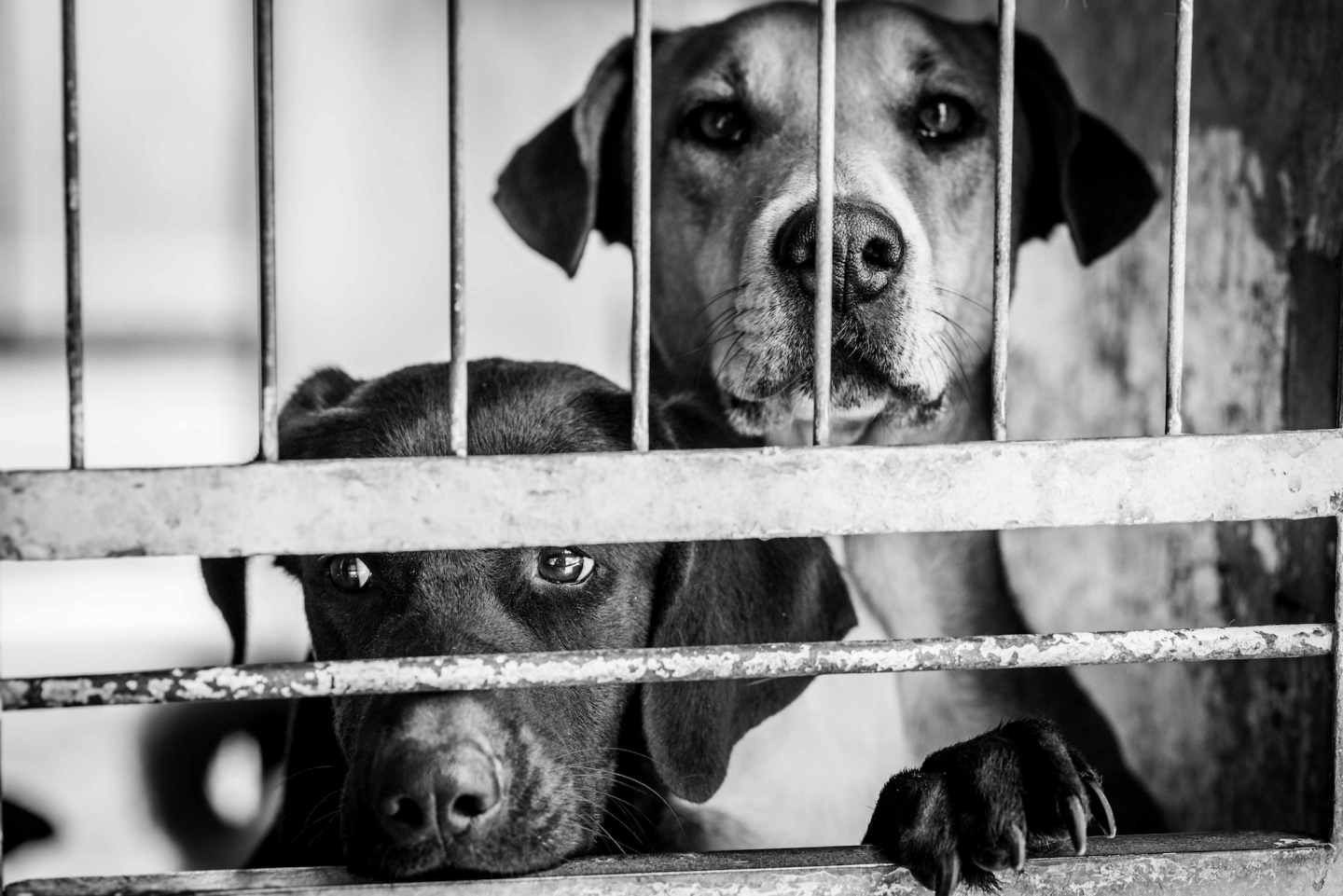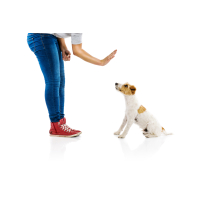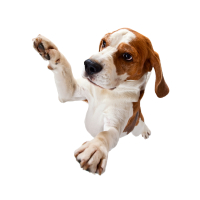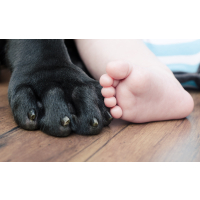How to handle a rescue dog

Some of the dogs you’ll find in a rescue shelter may have been abused or neglected. Others are found abandoned or handed in for a range of other reasons Certain breeds, such as Staffordshire Bull Terriers, languish in homes due to preconceived notions of aggressive behaviour. In reality of course, these dogs make for some of the most loving and dependable pets, so try not to judge the breed, only the deed.
When taking home, a rescue dog, it is essential to properly prepare for the commitment, patience and training required when re homing one of these dogs.
Before
- Prepare the Family – Lay down the ground rules for the whole family and ensure they stick to them. Set boundaries and, in particular, ensure your children know that the new dog is not a toy. Make sure they know to respect the dog’s space. Coming into unfamiliar territory will take a few weeks for your rescue dog to adjust.
- Give it Time – Know that when your dog arrives you’ll need to give it time for them to settle in. Especially in the first 3 weeks, use a warm tone when addressing him/her but try not to handle them too much and give them time to relax.
- Many owners make the mistake of over handling their new dog and introducing him /her to all the family and friends within the first few days. Often this overwhelms the dog and they sometimes nip out of fear. Then what happens?.......they end up back at the shelter! GIVE THEM SOME SPACE!
- Pay little attention to the dog’s advances at this time to establish dog style leadership. Honestly they will relax more if you sometimes ignore their demands for attention ...it’s what happens in a dog pack.
- Sleeping Arrangements – Provide a warm, comfortable area for your dog to sleep in. Your dog should also sleep beneath/away from other family members to establish its place in the pack. I recommend getting a crate as this gives your rescue dog a safe and dark area to retreat to while they adjust to a new environment. If your dog is sleeping, make sure family members know not to disturb him/her.
- Identification – Micro chipping and traditional collars are a good way to ensure you can find your dog if he/she were to become lost. Especially in the beginning, noise or lack of training might trigger your dog to run away. Be prepared for this. Also, if you’re uncertain about how they’ll react to other dogs then consider buying a muzzle to have better control over him/her while you’re out walking.
- Secure your Garden – Before your dog’s arrival, make sure you have a secure garden or area you can let him/her explore. Make a habit of scattering some of their dog food and fresh fruit and veg in the garden. This let the dog feel more secure in its surroundings. It’s also a lot more natural and fun to sniff out their food rather than eat it out of a bowl.
Training
- Discipline – Use ONE word in a low tone to indicate when your dog has done wrong. A different word delivered in a soft tone should be used for praise. Use as few words as possible when interacting with your dog and never tell your dog off by using his/her name.
- Body Language – This is an essential part of training as dogs mirror our own body language. Avoid aggressive handling of your dog i.e. tapping its nose or grabbing the scruff of its collar. Other than your key words for discipline and praise, adopt a steady and soft tone when communicating with your dog. Use your own body language to indicate what you’re trying to communicate. Be patient with your rescue dog during this time.
- Leadership – Make sure your dog doesn’t pull on its lead but walks beside you. If out in the park, use a long training lead first to ensure your rescue dog knows who its new pack is and will come back to you. When at home, make sure you keep him/her from running to the door when someone calls. It’s your home so you answer the door.
- You must be the dog’s leader not its follower!
Care
- Separation – Try to establish separation between you and your dog. Taking him/her everywhere you go will only create problems if you eventually have to leave them for short periods of time. If you do go out for the day, then make sure your dog has a constant supply of water and some crunchy vegetables to eat.
- Speaking their language – Show your rescue dog plenty of love and patience while they settle into their new environment. Communicate with your dog in a way that he/she will understand. Simple tones, few words and clear body language will ensure your new dog knows its leader.
Most of all have FUN with your new dog!




